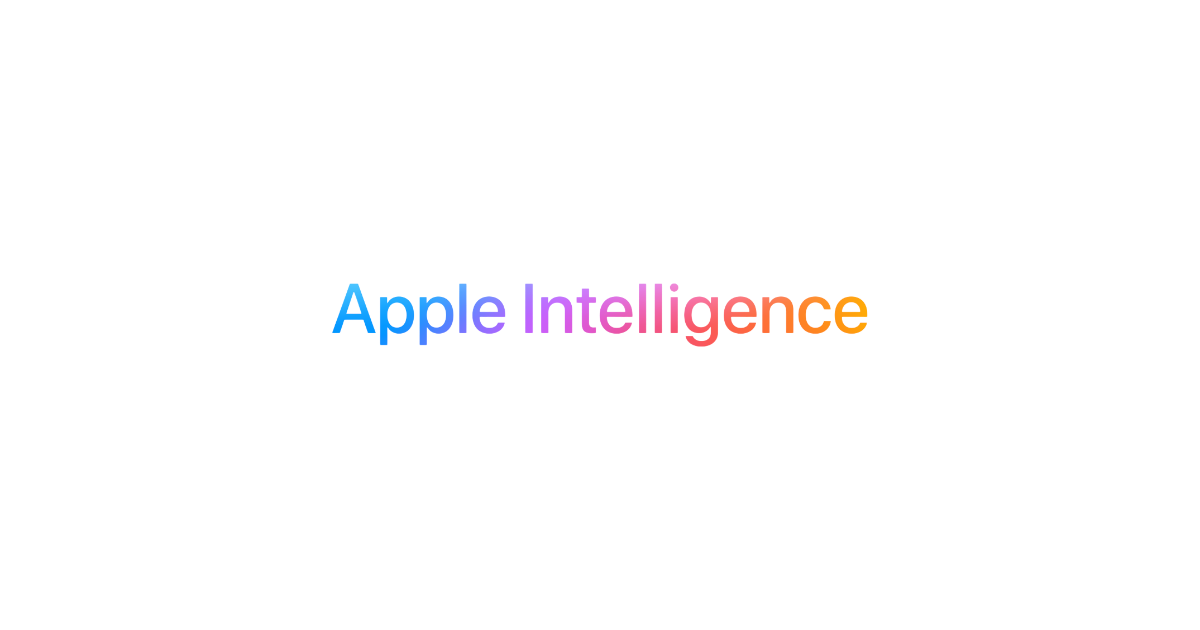At the Worldwide Developers Conference (WWDC) on June 10, Apple unveiled a groundbreaking project aimed at integrating generative AI features across its operating systems. This new initiative, branded as Apple Intelligence, promises to revolutionize the way users interact with their iPhones, iPads, and Macs. However, it’s important to be aware of the limitations and caveats associated with this ambitious endeavor.
Understanding Apple Intelligence
Apple Intelligence is a suite of generative AI features set to debut in iOS 18, iPadOS 18, and macOS 15 Sequoia. While Apple has long utilized machine learning and various forms of artificial intelligence, this marks its first foray into generative AI. True to form, Apple has opted for a distinctive name to encapsulate its new technology, emphasizing both innovation and branding.
Key Features of Apple Intelligence
Apple Intelligence encompasses a range of features designed to enhance productivity and streamline tasks through voice and text prompts. These features can be broadly categorized into improvements to Siri, writing tools, image generation, and capabilities for summaries and organization.
Siri Enhancements
One of the most significant upgrades Apple Intelligence brings is to Siri. The virtual assistant will now be more intuitive and capable of understanding and responding to natural speech, even when commands are imprecise. Siri will utilize personal context from your device—such as photos, messages, contacts, and locations—to provide tailored responses and actions. This marks a substantial leap forward, as Siri will now be able to remember context across multiple commands, eliminating the need for repetitive queries.
For example, if a friend sends you their address via iMessage, you can simply instruct Siri to save the address to the contact info without needing to specify further details. Siri’s improved integration with apps, including third-party ones, will allow it to perform a wider array of actions, making it a more versatile and helpful assistant.
Advanced Writing Tools
Apple Intelligence introduces AI-powered writing tools across various applications, including Messages, Mail, Notes, and web forums. These tools can transform selected text to match different styles—be it friendly, professional, or concise—create summaries or lists, and even proofread for spelling and grammar errors. For generating new text, smart replies will use contextual information to craft appropriate responses. For instance, if you receive an email invitation to a holiday cookout, you can input basic details like your attendance plans, and the system will generate a complete reply for you.
Image Generation
Apple Intelligence includes powerful image generation capabilities. Users can create images in three distinct styles: sketch, illustration, and animation. This feature allows you to start with a text description or a rough sketch and even use images from your photo library as a starting point. A new app called Image Playground provides a dedicated space to experiment with these tools, though they will also be accessible throughout the operating system. Additionally, a new Image Wand feature in Notes can generate contextually appropriate images, making it easier to enhance your visual content.
Apple’s enhanced image understanding extends to more precise photo searches and a Clean Up tool in the Photos app that can remove unwanted objects from images. These features exemplify how AI will be deeply integrated into various aspects of the Apple ecosystem.
Summaries and Organization
The ability of Apple Intelligence to understand and process language will enhance the organization and presentation of text across different applications. For instance, your Mail inbox will display summaries of emails rather than just the first few lines, helping you quickly locate important messages. Emails will be automatically categorized into folders such as Primary, Transactions, Updates, and Promotions, with important messages highlighted.
Safari’s reader mode will offer web page summaries, and notifications will be prioritized and summarized for easier management. A new feature in the Phone app will allow you to record calls (with both parties notified) and save transcripts and summaries, providing a valuable tool for organizing and retrieving information from conversations.
Privacy and Personalization
Apple Intelligence differentiates itself from other AI implementations by emphasizing privacy and personalization. Most of the AI processing will occur on the device, leveraging Apple’s advanced hardware to ensure that data remains secure and private. When tasks require more complex processing, Apple’s Private Cloud Compute architecture will handle them, ensuring that only the necessary data is used and discarded immediately after the request is completed. Apple is committed to transparency, promising to make the server code available for external security audits.
The personalized nature of Apple Intelligence allows it to build a knowledge graph using data from your device, enabling it to provide responses and results that are specific to your needs. This focus on privacy and personalization ensures that Apple Intelligence stands out in the crowded AI landscape.
Integration with Other AI Technologies
Apple is not isolating its AI capabilities from other popular AI technologies. Siri will be able to integrate with ChatGPT-4 to answer complex questions requiring broad general knowledge. Users will have the option to enable this integration, ensuring that their data is shared securely and only when necessary. Apple plans to expand these integrations to include other AI technologies like Google Gemini in the future, further enhancing the capabilities of Apple Intelligence.
Hardware Requirements
The advanced capabilities of Apple Intelligence come with significant hardware requirements. iPhone users will need a device with an A17 Pro or newer processor, which currently includes only the iPhone 15 Pro and iPhone 15 Pro Max. For Mac and iPad users, an M1 or newer processor is required, limiting compatibility to recent models. This high hardware threshold underscores the power and complexity of Apple Intelligence, but it also means that many users may need to upgrade their devices to take full advantage of these features.
Bottom Line
Apple Intelligence represents a major leap forward in integrating generative AI into Apple’s ecosystem. With significant enhancements to Siri, advanced writing tools, powerful image generation capabilities, and improved text organization, Apple Intelligence is set to transform how users interact with their devices. Despite the high hardware requirements and initial limitations, the promise of personalized, privacy-focused AI integration makes Apple Intelligence a compelling addition to Apple’s suite of technologies. As these features roll out in iOS 18, iPadOS 18, and macOS 15 Sequoia, users can look forward to a more intuitive and powerful experience across their Apple devices.





